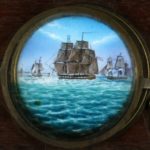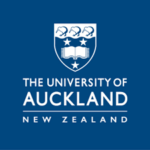
Faculty of Arts Dean’s Lecture: ‘Things Fall Apart’ – Putting the world back together one document at a time The world as we know it swirls around us as objects, ideas and aspirations. How we make sense of it is dependent on what we have access to, what we can imagine and how we are enabled to think, learn and do. The loss, degradation, or inauthenticity of cultural material threatens the security of our knowledge and the construction of identity, and community that is unable to access its cultural, historic and scientific records is impeded in its ability to construct relevant and effective cultural futures. Conversely, a well-secured cultural record assists a community to tell its stories, understand its past, and cement its identity into the future. Taking Chinua Achebe’s 1958 novel as the point of departure, in this lecture…











